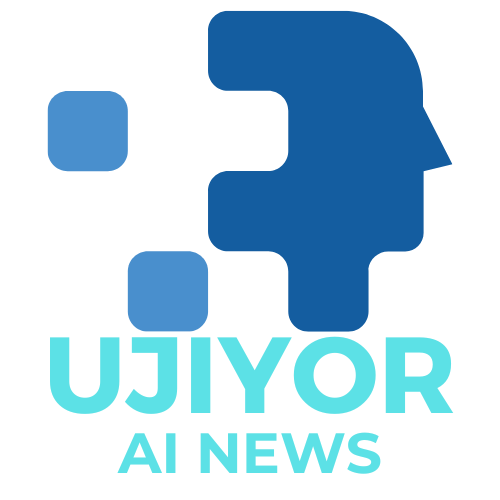Introduction: A New Renaissance or an Existential Threat?
Art has always been a deeply human expression—crafted by the hands of painters, sculptors, and digital creators alike. But now, art is being created by something that has never felt emotion, never held a brush, and never experienced the agony or joy of the human condition: artificial intelligence. AI-generated art has sparked a debate that is as electrifying as it is unsettling.
Is AI art a revolutionary new tool that empowers creativity, or is it the beginning of an existential crisis for human artists? With AI models generating stunning digital paintings, music, and even poetry in seconds, the art world stands at a crossroads. Let’s explore whether AI is a creative collaborator—or an artistic executioner.
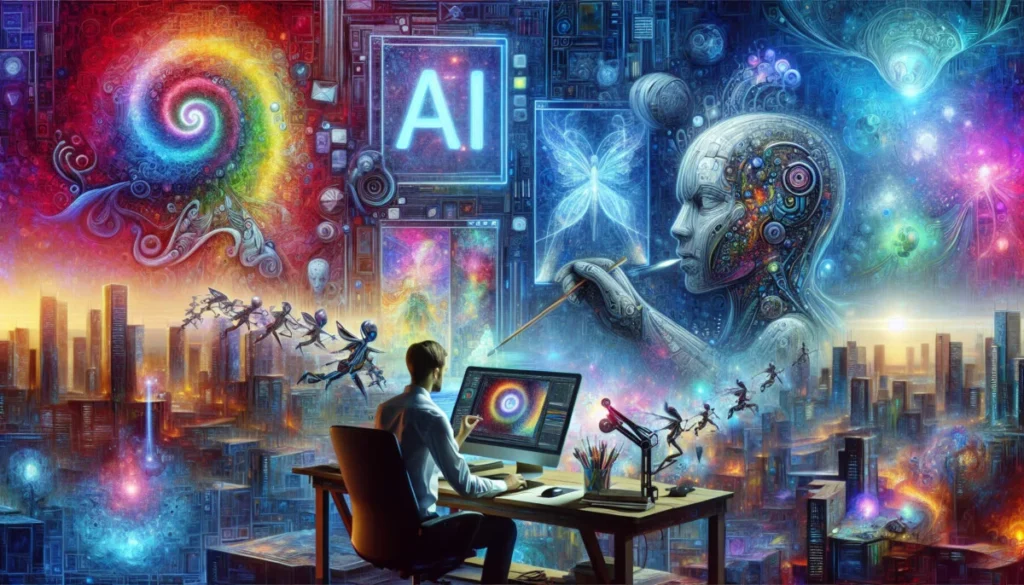
How AI Art Works: The Technology Behind the Brushstrokes
At its core, AI-generated art relies on deep learning algorithms, specifically Generative Adversarial Networks (GANs) and diffusion models. These AI systems are trained on vast datasets of existing artwork, learning patterns, styles, and techniques before generating their own unique (yet often eerily familiar) pieces.
Types of AI Art Models
| AI Model | Function | Examples |
|---|---|---|
| DALL·E | Generates images from text descriptions | AI-generated paintings, digital surrealism |
| Stable Diffusion | Open-source model trained on vast datasets | Hyper-realistic AI portraits, abstract compositions |
| Deep Dream | Alters existing images with dream-like patterns | Psychedelic, deep neural art |
| Jukebox (by OpenAI) | Generates AI-composed music | AI-assisted symphonies, deepfake voice synthesis |
These models don’t just replicate existing art—they synthesize new works based on what they’ve “learned.” The results? Sometimes breathtaking, sometimes unsettlingly derivative.
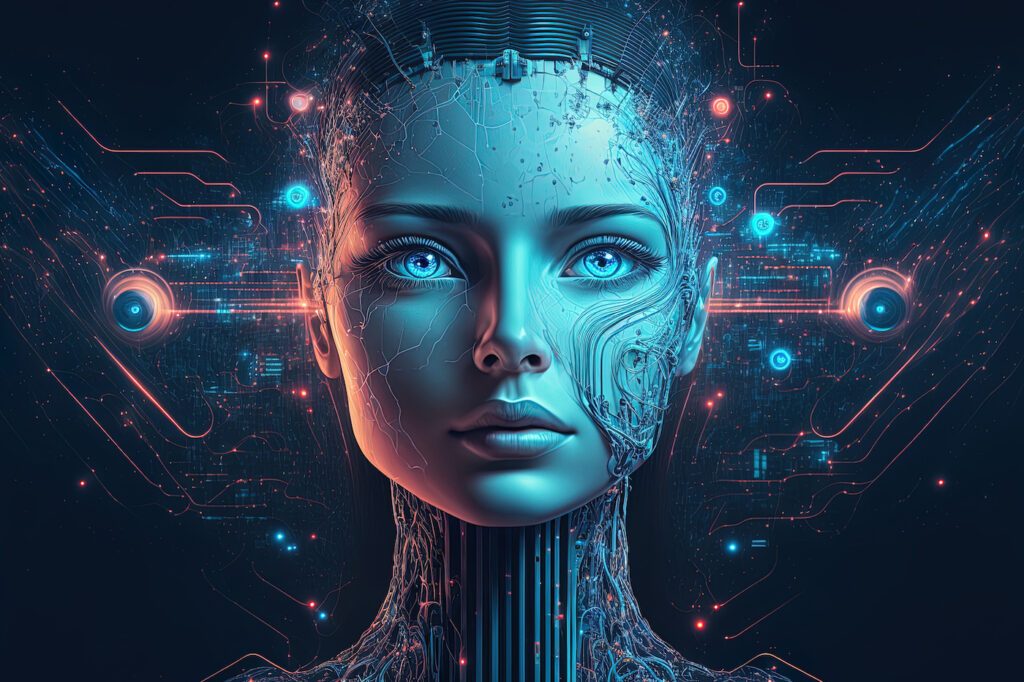
The Rise of AI-Generated Art: By the Numbers
AI-generated art isn’t a niche curiosity—it’s an industry rapidly expanding. Let’s look at the numbers:
- Market Growth: The global AI art market is projected to grow from $2.5 billion in 2023 to over $10 billion by 2030.
- Auction Sales: In 2018, Christie’s auctioned the first AI-generated artwork, “Portrait of Edmond de Belamy,” for $432,500—far exceeding expectations.
- Social Media Dominance: AI art tools like Midjourney and Stable Diffusion are used to generate over 30 million images per day on platforms like Reddit and Twitter.
- Jobs at Risk?: According to a recent survey, 60% of freelance digital artists fear AI-generated art could reduce commissions and devalue human artistry.
AI Art Market Growth Projection (2023-2030)
| Year | Market Size (Billion $) |
|---|---|
| 2023 | 2.5 |
| 2025 | 5.0 |
| 2030 | 10.2 |
These statistics suggest that AI art is not just a passing trend—it’s a paradigm shift in the way creative content is produced and consumed.
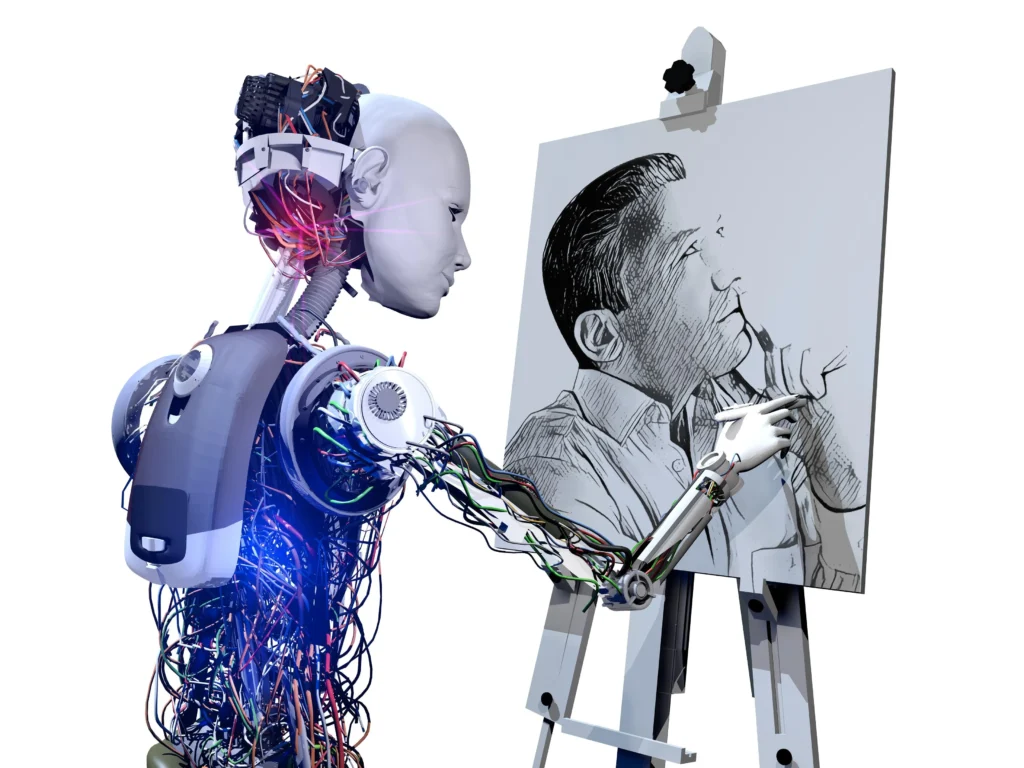
AI as a Creative Tool: The Case for Innovation
Not everyone sees AI as the villain in this story. Many artists and creatives embrace AI as a tool rather than a replacement. Just as Photoshop didn’t kill photography but instead revolutionized it, AI-generated art has the potential to expand the boundaries of creativity.
How AI Can Empower Artists
- Idea Generation: Artists use AI to create rough drafts or generate concepts, saving hours of brainstorming.
- Efficiency: AI-assisted tools allow for faster workflows, giving artists more time to refine and add their personal touch.
- Accessibility: AI democratizes art, allowing individuals with no formal training to create stunning visuals.
- Experimentation: Artists can explore new styles, compositions, and aesthetics without extensive manual labor.
Famed digital artist Beeple, who sold an NFT for $69 million, has embraced AI-generated tools, stating that AI is simply “a new brush” rather than a replacement for the artist’s vision.
Poll: Do Artists See AI as a Threat or a Tool?
| Perspective | % of Artists |
|---|---|
| AI is a threat to my livelihood | 60% |
| AI is a helpful tool | 30% |
| Indifferent or undecided | 10% |
While AI can undeniably help artists streamline their creative process, the concerns about originality, artistic integrity, and economic survival remain pressing.
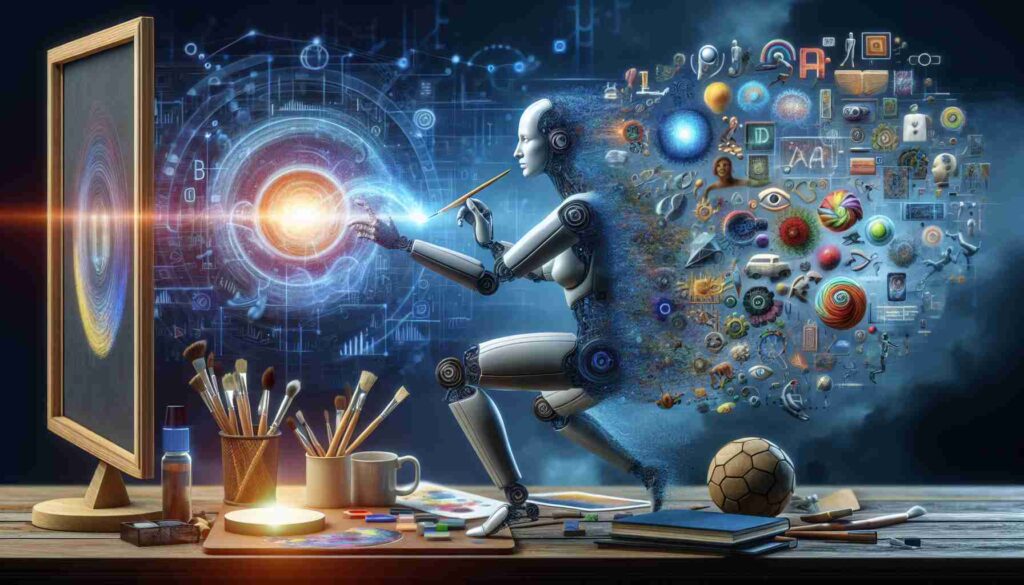
The Case Against AI Art: The Ethical and Existential Dilemma
Despite its exciting potential, AI-generated art presents serious ethical, economic, and philosophical concerns:
1. The Plagiarism Problem
AI models train on existing human artwork, often without permission from the original creators. Artists argue that AI art is essentially a collage of pre-existing works, leading to accusations of digital plagiarism.
2. Job Loss & Devaluation of Creativity
- Commissions are declining: Some artists report fewer job offers because companies and individuals opt for AI-generated designs instead of hiring human creators.
- Stock image platforms are flooded with AI art, driving down the market for original illustrations and concept art.
3. The Soul of Art: Can AI Have Emotion?
Art is more than just patterns and colors—it is a reflection of human experience, emotion, and culture.
Can an AI model, devoid of personal struggle, joy, or existential questioning, create something truly meaningful? Or does AI merely mimic emotion without truly understanding it?
The question becomes not just “Can AI make art?” but rather “Can AI understand art?”
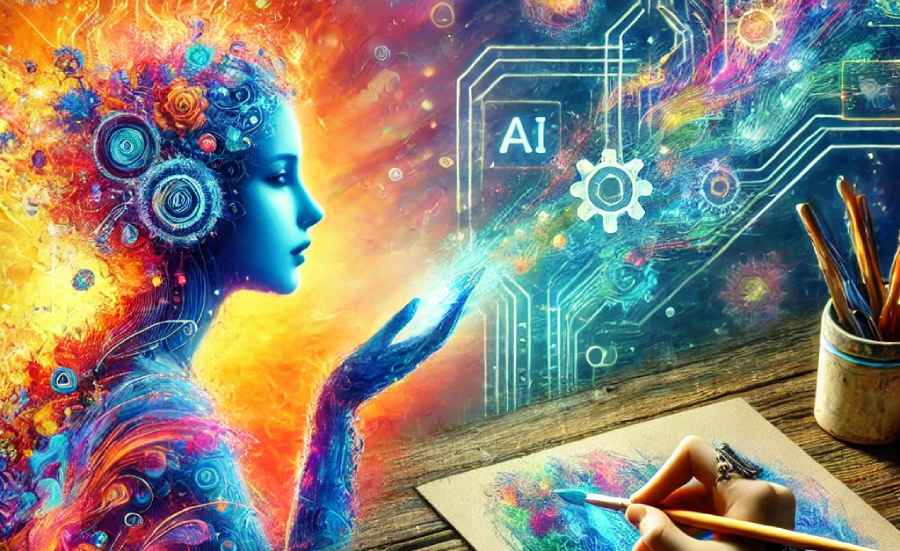
The Future: Collaboration or Creative Extinction?
So, what happens next? Will AI art signal the decline of traditional artists, or will we enter a new era of human-AI artistic collaboration?
Possible Futures:
- AI as a Creative Partner – Artists use AI as a collaborative assistant, much like musicians use synthesizers or photographers use digital enhancements.
- AI as a Commodification Machine – AI-generated art floods the internet, making it harder for human artists to earn a living.
- Regulation and Copyright Battles – Laws are introduced to prevent AI from scraping human artwork without consent.
- A New Artistic Renaissance – Instead of replacing human creativity, AI sparks a golden age of innovation, where new artistic movements emerge from AI collaboration.
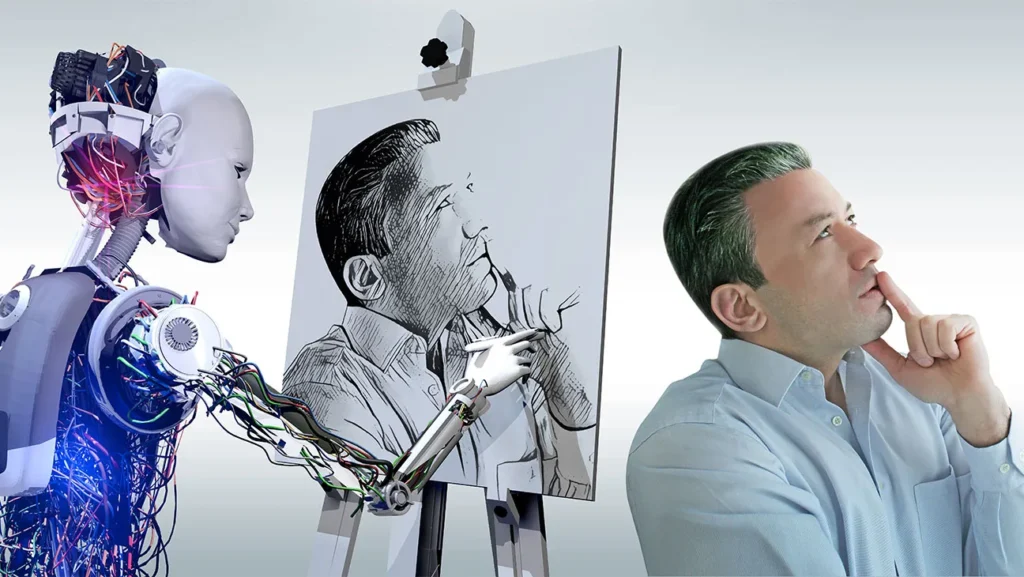
Conclusion: AI Art is Here to Stay—But So Are Artists
AI-generated art is neither the enemy nor the savior of creativity—it is a disruptive force that challenges the status quo. Whether it leads to the empowerment of artists or the erosion of human-made creativity depends on how society, artists, and tech companies navigate this shift.
One thing is certain: AI art is not replacing human emotion, struggle, and vision anytime soon. At its best, AI can assist, inspire, and expand creativity. At its worst, it can commodify and devalue artistic labor.
So, will AI art be the revolution that frees artists or the force that replaces them? That’s a question we must answer collectively.
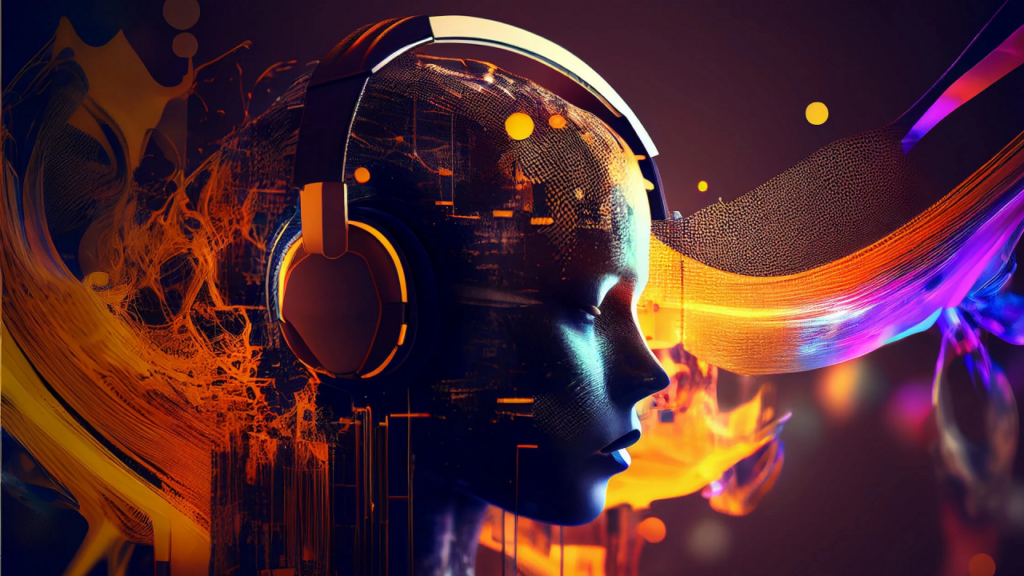
What Do You Think?
Is AI art an opportunity or a threat? How should artists adapt to this new reality? Join the conversation in the comments below!

